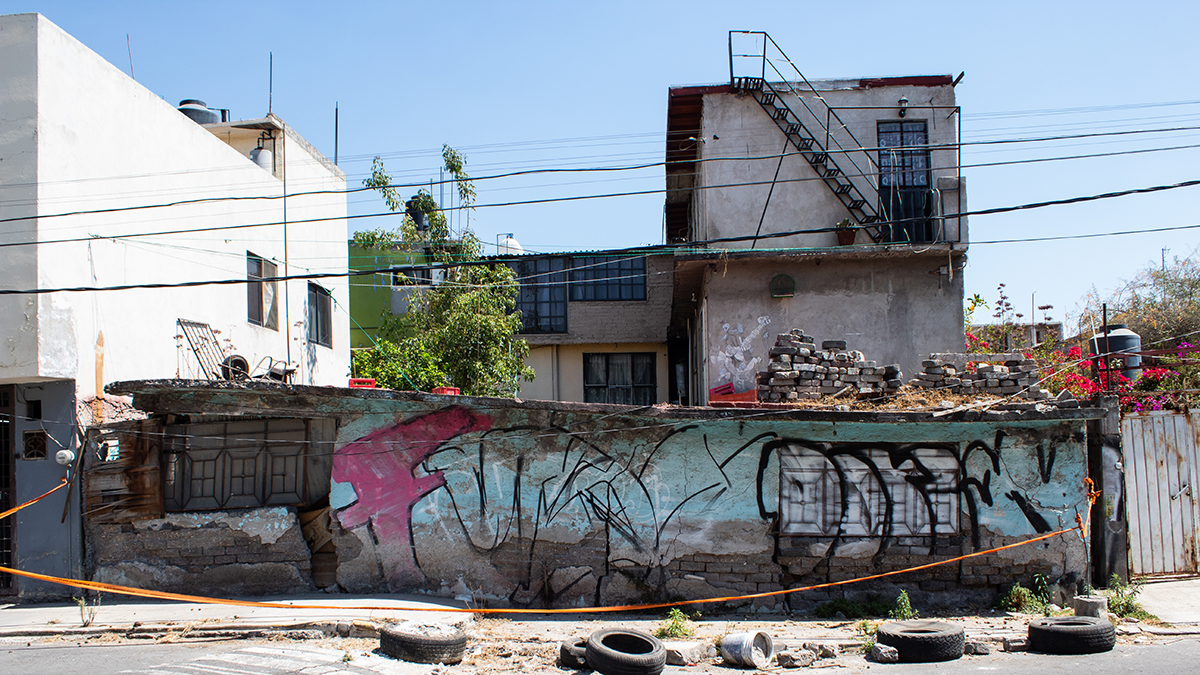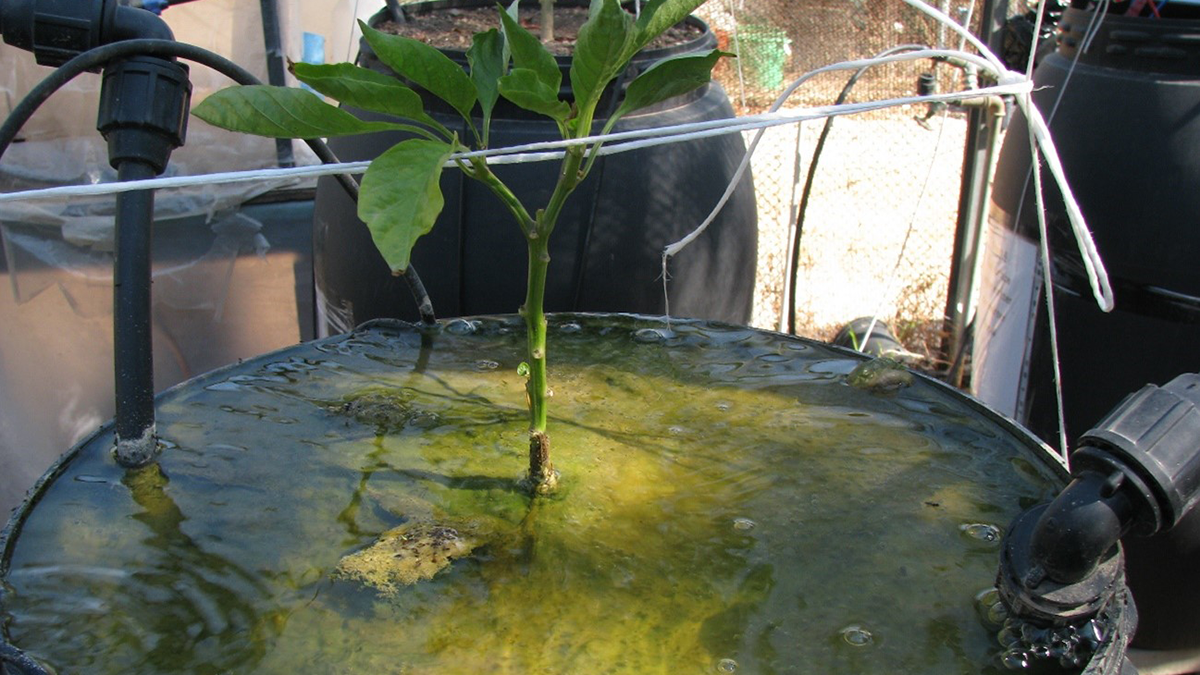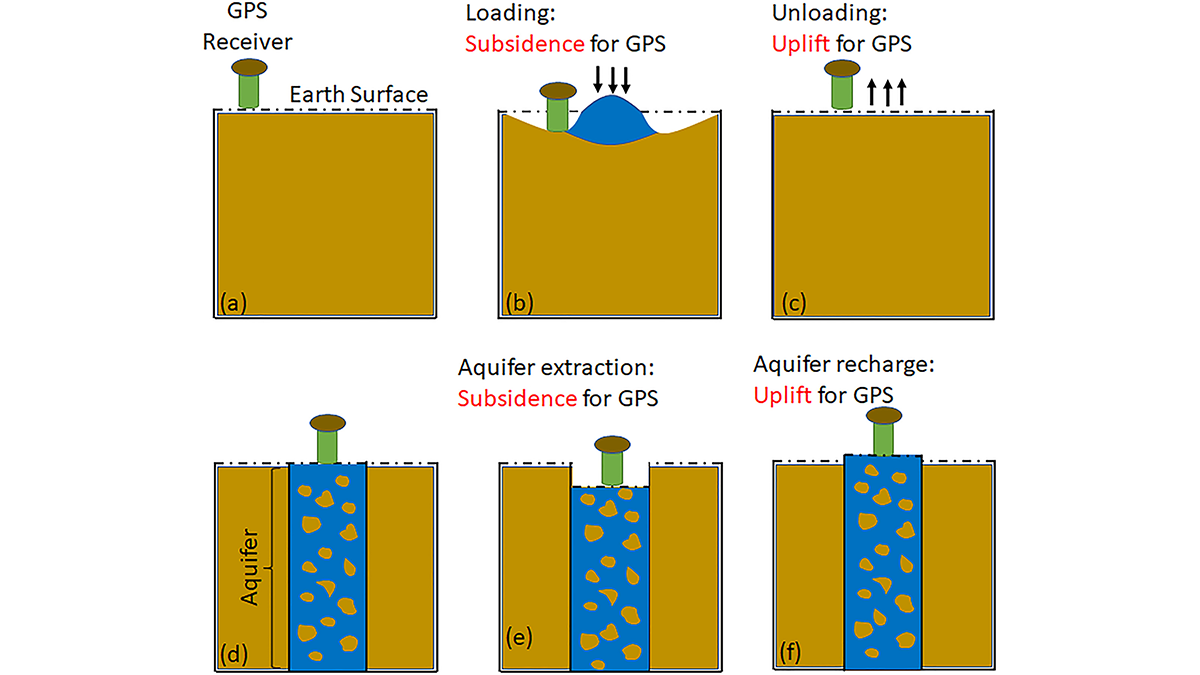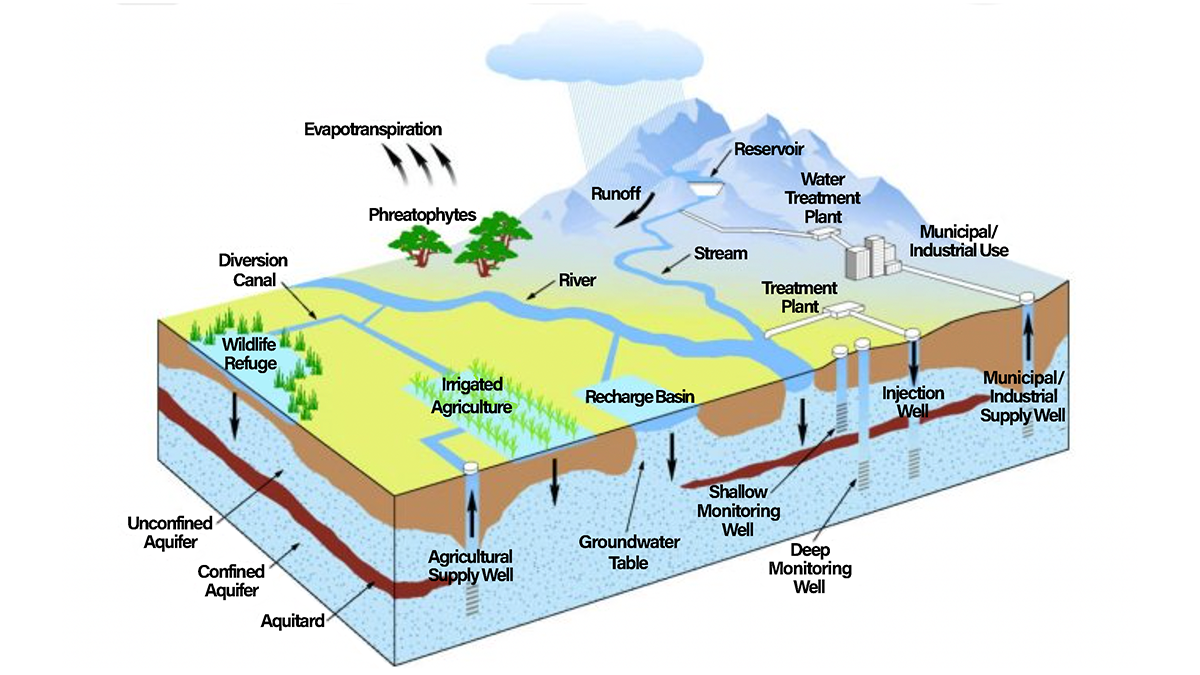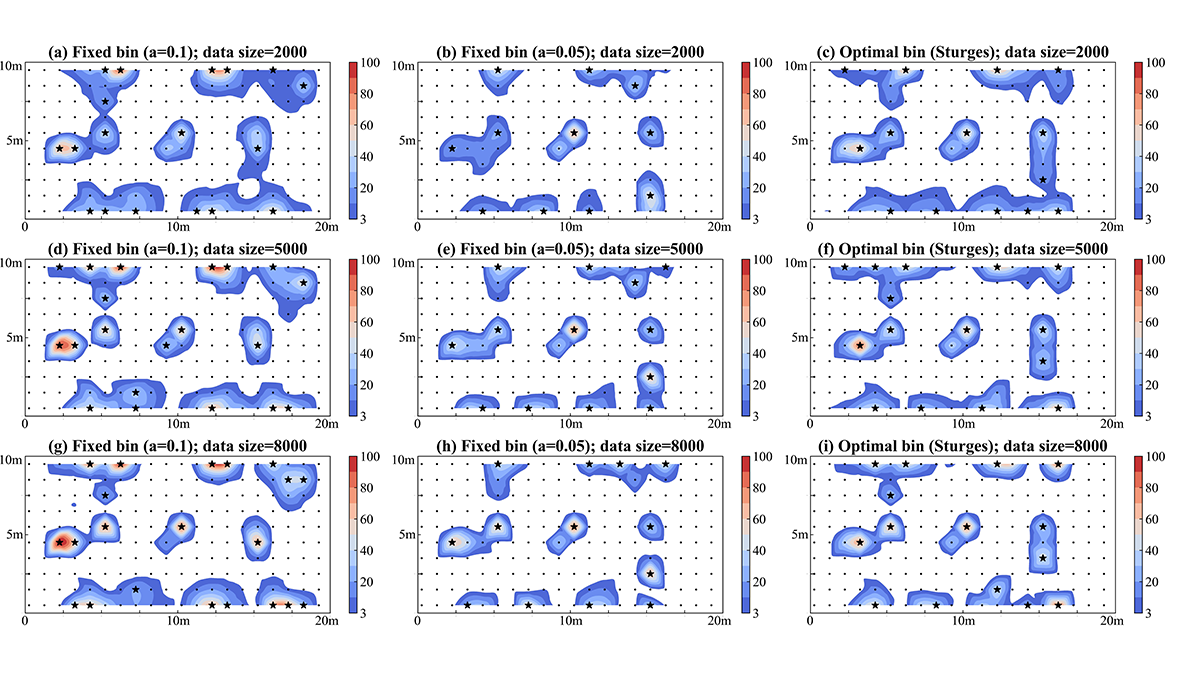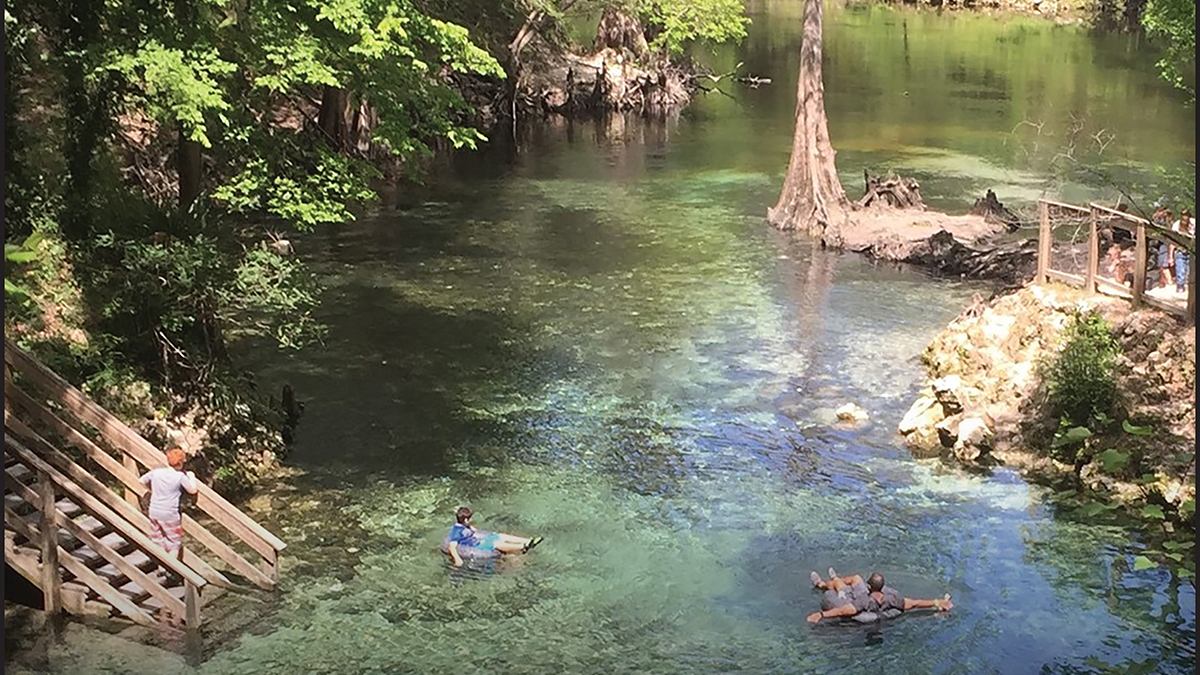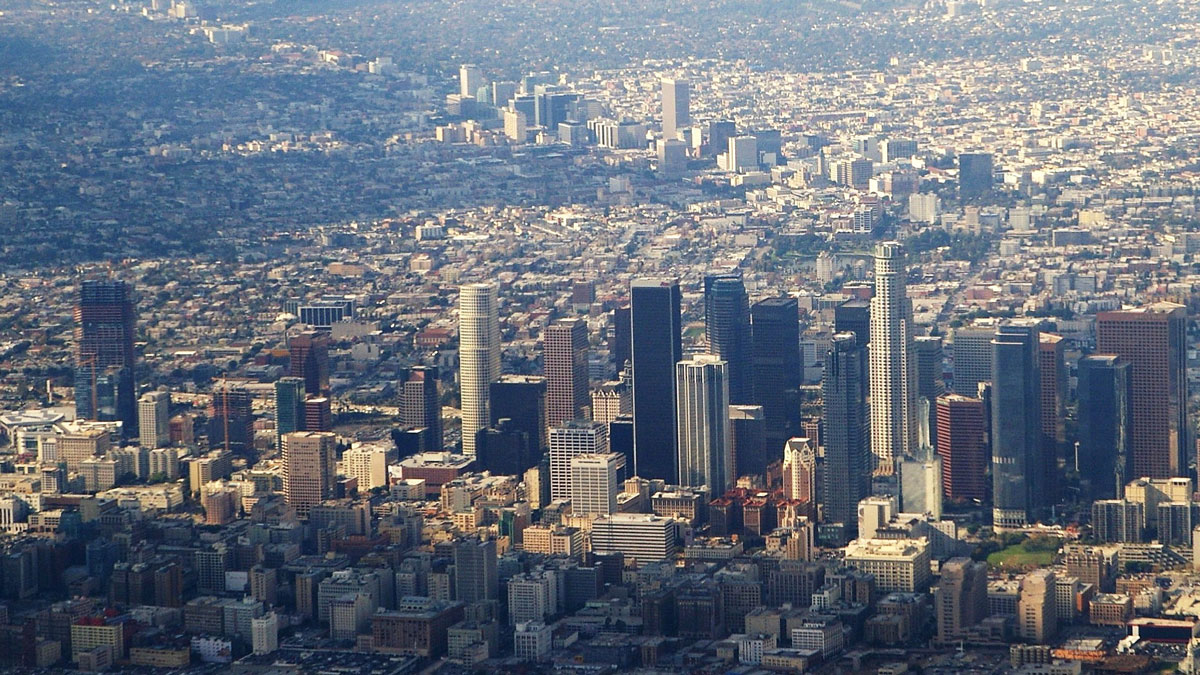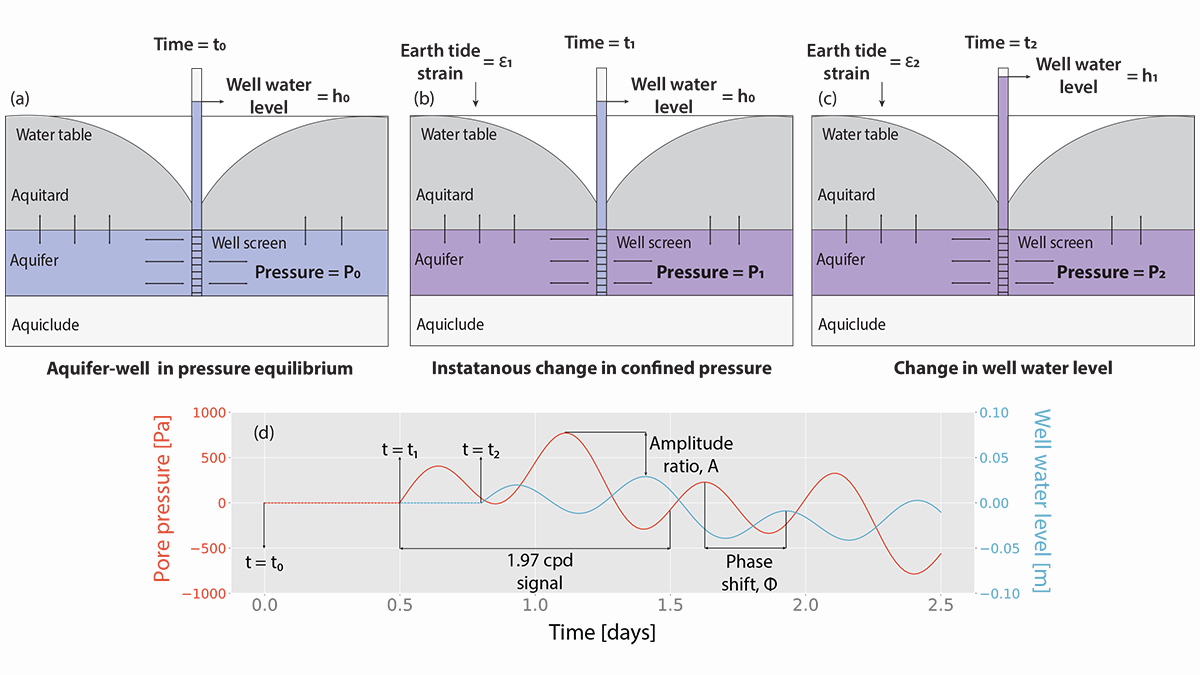Investigadores aseguran que saber cuánta agua está siendo extraída es crucial para resolver la crisis de infraestructura y de abastecimiento de agua en la capital.
aquifers
Air Flow Dynamics in Wet Soils: Challenges and Knowledge Gaps
Modeling air flow in wet porous media relies on quantifying the combined role of fluid and media properties and flow dynamics on the microscale displacement mechanisms and macroscale unstable flow.
Groundwater Pumping Is Causing Mexico City to Sink
Researchers say knowing how much water is being extracted is crucial for addressing infrastructure and water supply crises in the capital.
GPS Observations Sense Groundwater Change in Australia
By exploiting the fact that changes in groundwater cause deformations of the Earth’s surface, GPS receivers are used to detect groundwater changes related to extreme events and to seasonal oscillations.
El agua subterránea se repone mucho más rápido de lo que pensaban los científicos
Un nuevo modelo basado en el clima indica que los científicos podrían haber subestimado la importancia del agua subterránea para mantener los ríos y la vida vegetal.
Groundwater Replenishes Much Faster Than Scientists Previously Thought
A new climate-based model indicates that scientists may be underestimating groundwater’s importance in sustaining streams and plant life.
Using Big Data for Monitoring Network Design and Beyond
Large data sets can be generated using deep learning to improve the design of observation networks for monitoring subsurface flow and transport.
The Importance of Springs and Why Humanity Needs to Protect Them
A new book explores why springs are critical for humanity and ecosystems, the threats they are facing, and how we can act now to protect and restore them.
Reaching New Levels in Groundwater Monitoring
As regions around the world face record-breaking droughts, researchers are using seismology to track groundwater levels and show that sustainable policies reduce strain on aquifers.
Modeling Groundwater Responses to Earth Tides
Tidal fluctuations in water well levels can reveal characteristics of the subsurface, and a new model based on coupled physics delineates the limitations of inherently simplistic analytical solutions.

